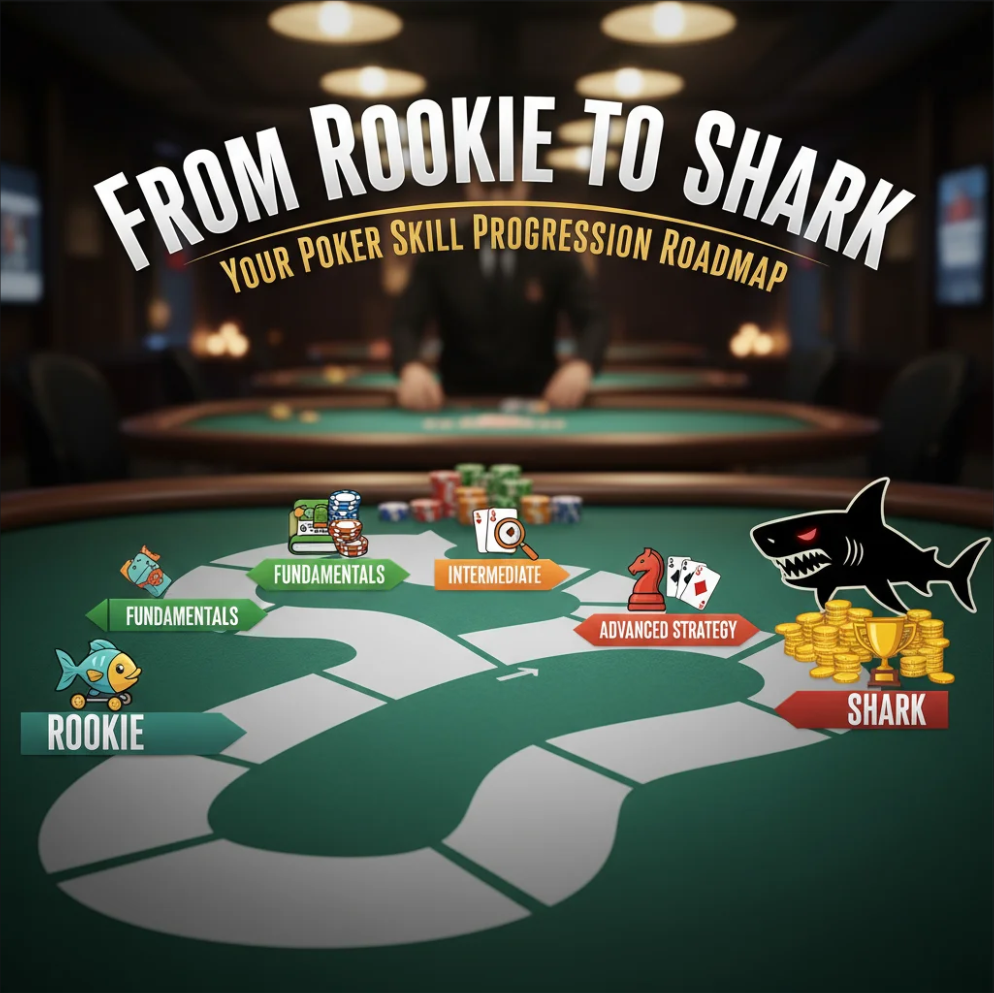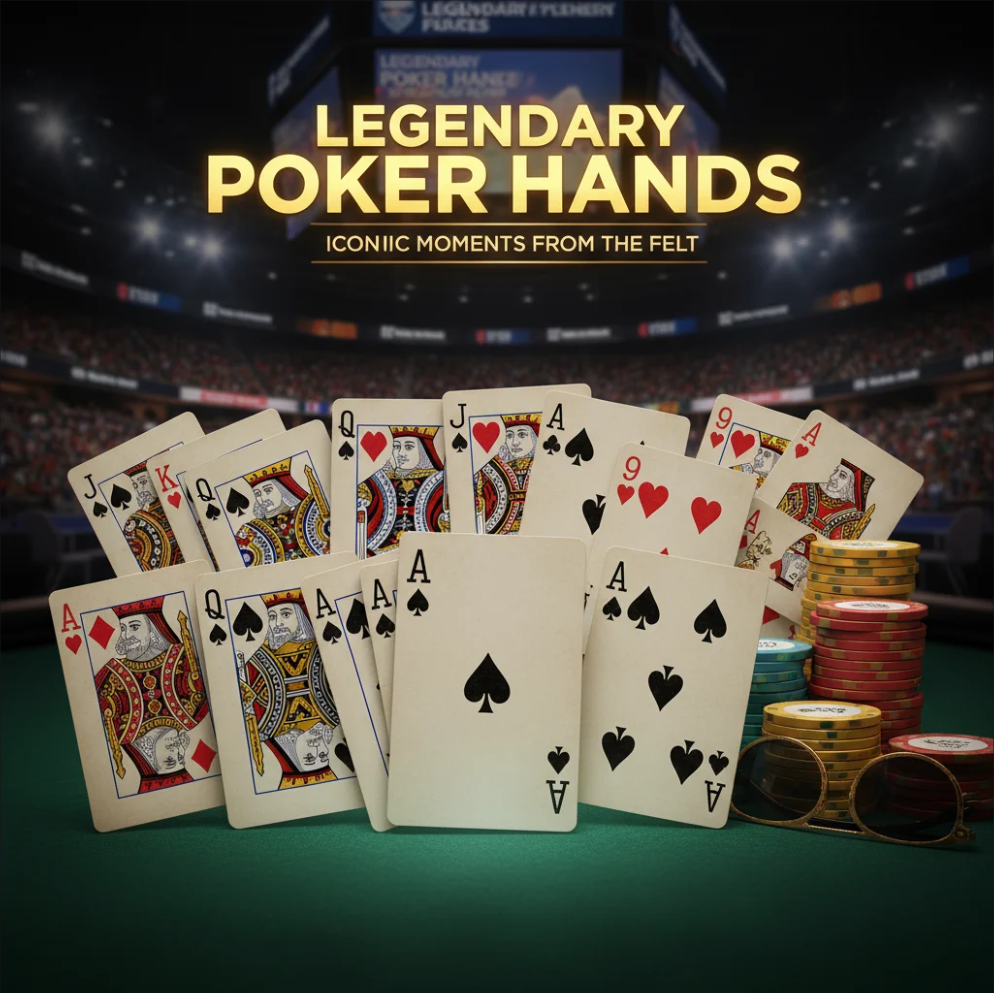Speak Like a Pro Poker Terms Every Player Should Master
Poker is more than luck—it’s a game of skill, strategy, and communication. Mastering poker terminology is essential for understanding gameplay, making informed decisions, and confidently interacting at the table.
Key Poker Terms Every Player Should Know
- Blinds – Mandatory bets placed by players to the left of the dealer to start the betting round.
- Flop – The first three community cards dealt face-up in Texas Hold’em.
- Turn – The fourth community card dealt in the game.
- River – The fifth and final community card in Texas Hold’em.
- All-In – When a player bets all their remaining chips on a single hand.
- Call – Matching the current bet made by another player.
- Raise – Increasing the current bet during a betting round.
- Fold – Discarding your hand and forfeiting the round.
- Pot – The total amount of chips or money being contested in a hand.
- Showdown – Revealing hands at the end of the betting rounds to determine the winner.
Why Learning Poker Terms Matters
- Improved Strategy: Knowing terms allows better decision-making and reading opponents.
- Confidence at the Table: Speak confidently and avoid confusion during live or online games.
- Understanding Game Mechanics: Essential for both casual and competitive play.
Final Thoughts
Whether you’re playing for fun or professionally, mastering poker terms is the first step to speaking, thinking, and playing like a pro. Knowledge gives you an edge and enhances every game experience.









